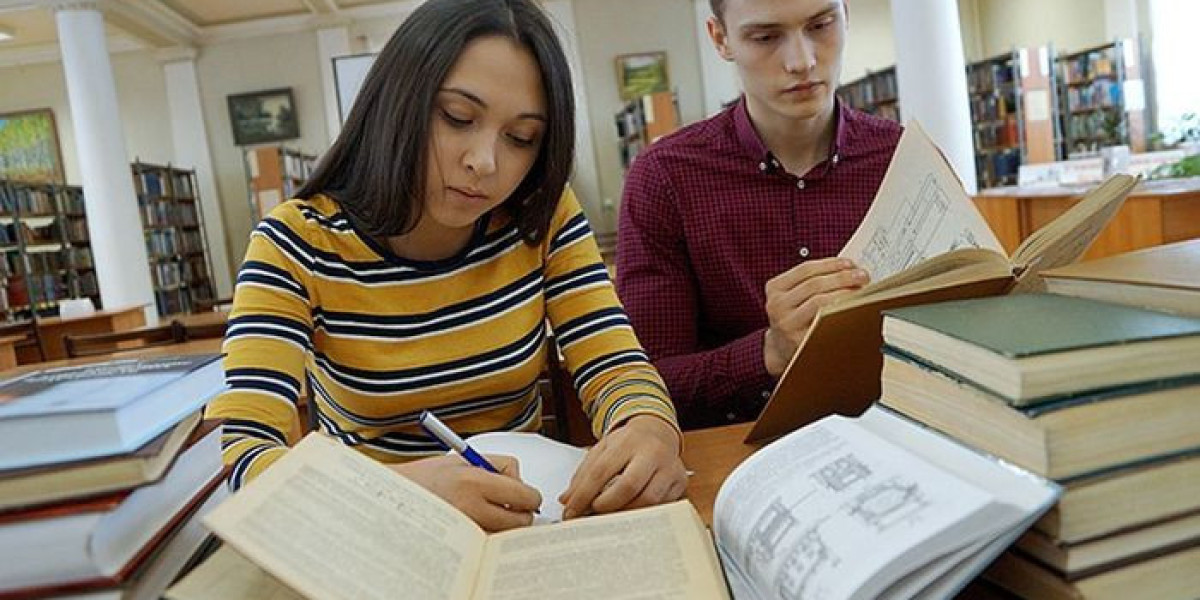Education is the backbone of any nation’s development, yet the way it is structured and delivered varies widely across the world. The existence of multiple education systems within a single country or across different nations reflects diverse historical, cultural, and social influences. While variety in education can foster creativity and offer more opportunities, it also poses significant challenges related to equality, quality, and access.
In the modern world, understanding the advantages and disadvantages of multiple education systems is crucial for policymakers, educators, and students alike. A well-balanced approach can ensure that education remains inclusive, competitive, and aligned with the global needs of the 21st century.
Understanding Multiple Education Systems
The term “multiple education systems” refers to the coexistence of different types of educational structures and curricula within a society. These systems may differ in language of instruction, teaching methodology, funding sources, or ideological foundations.
In many developing countries, including Pakistan, India, and others, multiple education systems have evolved over time, often shaped by colonial history, religious beliefs, and economic inequality. Common examples include:
Public or Government Schools – Funded by the state and often accessible to the majority but with varying quality.
Private Schools – Operated independently, offering modern facilities and global curricula but usually limited to wealthier families.
Religious Schools or Madrasahs – Focused on faith-based education, often emphasizing moral and spiritual development.
International Schools – Following foreign curricula such as O/A Levels, IB, or American systems, catering to elite communities.
Vocational and Technical Institutes – Concentrating on practical skills and workforce readiness.
These diverse systems create both opportunities and divisions, leading to different educational experiences and outcomes among students.
Historical Background: Roots of Educational Diversity
The existence of multiple education systems can often be traced back to colonial legacies and socio-economic disparities. In South Asia, for instance, British rule introduced Western-style education to serve administrative purposes, while traditional Islamic or vernacular schools continued to operate for the general population.
After independence, many countries failed to unify these parallel systems. Instead, they evolved separately — government schools for the masses, elite private schools for the privileged, and religious schools for the faithful. Over time, this division deepened the gap between social classes, languages, and even thought processes.
In developed countries, multiple systems emerged differently — as choice-based models rather than social divides. For example, in the United States or the United Kingdom, parents can choose between public, private, or charter schools, but all systems are governed by national educational standards ensuring quality control.
Advantages of Multiple Education Systems
Having multiple education systems is not entirely negative. In fact, diversity in education can bring many advantages if managed properly.
Cultural and Ideological Diversity: Different education systems reflect a nation’s pluralism. Religious schools preserve moral values, while modern schools encourage scientific reasoning and global awareness.
Innovation and Competition: The existence of multiple systems fosters healthy competition, encouraging institutions to improve their quality and adopt modern teaching methods.
Parental Choice: Parents can choose the system that best fits their child’s needs, whether it’s academic rigor, religious upbringing, or vocational training.
Adaptation to Global Trends: International curricula introduce global perspectives, preparing students to study or work abroad.
Specialization and Skill Development: Vocational institutions offer practical training, bridging the gap between education and employment.
When these systems function collaboratively, they can collectively strengthen a country’s educational landscape.
Challenges Created by Multiple Education Systems
Despite their benefits, multiple education systems often create major socio-economic and cultural challenges, especially in developing countries.
Educational Inequality: The most significant drawback is the unequal distribution of resources. Students from private or international schools often receive better facilities and career opportunities, while public school students lag behind.
Language Barrier: In multilingual societies, some systems teach in English, others in local languages, creating communication gaps and social hierarchies.
Curriculum Disparities: When different systems follow different curricula, there is no standardized learning outcome. This makes national testing and higher education admissions complicated.
Social Division: Multiple systems reinforce class divisions — the rich and poor study in separate environments, limiting interaction and mutual understanding.
Quality Control: Government monitoring becomes difficult when several systems operate independently, leading to inconsistent teaching standards.
Brain Drain: Students trained in international systems often seek opportunities abroad, causing talent loss in the local economy.
These challenges highlight the urgent need for educational reforms that promote equality without compromising diversity.
The Case of Pakistan: A Study in Educational Diversity
Pakistan is a prime example of a country where multiple education systems coexist. The three main systems — public, private, and madrasa education — differ drastically in approach, language, and quality.
Public Schools serve the majority but suffer from poor infrastructure, outdated curricula, and undertrained teachers.
Private Schools offer modern education but remain accessible only to those who can afford high fees.
Madrasas focus on religious education and moral development but often lack scientific and technical content.
This fragmented system has created a “two-nation mindset” within the same country — one segment fluent in global affairs and another isolated from modern knowledge. Bridging this gap has become one of the most pressing educational challenges for policymakers.
Efforts such as introducing a Single National Curriculum (SNC) aim to unify learning standards, though successful implementation remains a work in progress.
Global Perspective: Lessons from Other Countries
Other nations have also struggled with educational plurality but managed to harmonize their systems effectively.
Finland, for instance, maintains equality across all schools, whether rural or urban, by ensuring uniform teacher training and national curricula.
Malaysia integrates Islamic education with modern sciences, offering a balanced model that respects religious values while embracing global competitiveness.
Singapore encourages diverse school types but maintains a strong national education policy to ensure equity and excellence.
These examples show that multiple education systems can coexist successfully when guided by strong national policies, proper regulation, and a focus on inclusivity.
The Role of Teachers and Educational Leaders
Teachers play the most vital role in connecting different education systems. Regardless of curriculum or institution type, a committed and well-trained teacher can inspire students to think critically, embrace diversity, and pursue excellence.
Educational leaders must encourage teacher training programs, exchange opportunities, and curriculum standardization that maintain diversity but reduce inequality.
Institutions should collaborate through seminars, shared projects, and technological platforms to bridge knowledge gaps and promote harmony between different education models.
Towards a Unified Vision
To create an equitable and efficient education framework, countries with multiple systems need to work toward integration without uniformity. This means maintaining diversity while establishing common learning outcomes, standard teacher qualifications, and equal funding opportunities.
Technology can also play a transformative role. Online education platforms, digital resources, and blended learning can help bridge gaps between public and private systems, ensuring that quality education reaches every corner of society.
Furthermore, education must focus on character-building, ethics, and civic responsibility, ensuring that despite studying in different systems, all students share common values of tolerance, respect, and patriotism.
Conclusion
The existence of multiple education systems reflects both the richness and complexity of human societies. While these systems offer diversity, creativity, and choice, they also present challenges of inequality and division. The true goal of education should be to empower every child, regardless of background or system, with the skills and values needed to thrive in the modern world.
By learning from visionary reformers, embracing technology, and fostering collaboration, nations can transform their fragmented education systems into inclusive models of excellence. The future of education depends not on uniformity but on unity — a system that values diversity while ensuring fairness and quality for all.









